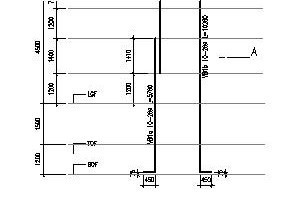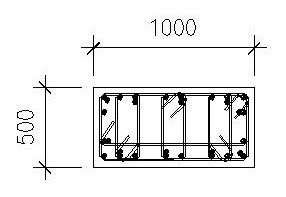engrjenjen
Structural
- Jul 20, 2015
- 16
Is there a proof that the concrete will identify whether the longitudinal bars are bundled or lap spliced only? I encounter this mostly when detailing columns and walls.
How about if the length of splice exceeds what is required, is this considered bundled?
How about if the length of splice exceeds what is required, is this considered bundled?


